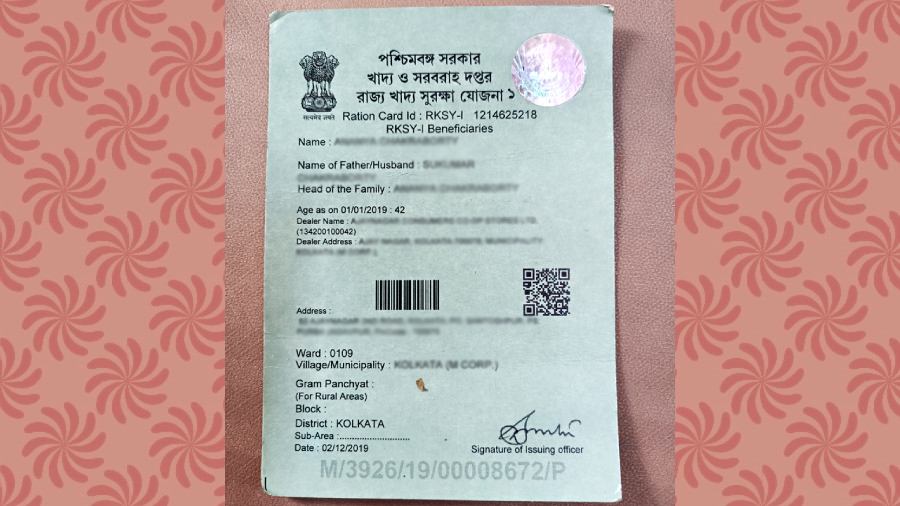
Important Update for NPS Subscribers! Check Out The Latest Mandate from Pension Fund Regulator
Through the use of two-factor Aadhaar identification, the Pension Fund Regulatory and Development Authority (PFRDA) has improved security inside the National Pension System (NPS). Protecting NPS transactions and subscriber and stakeholder interests are the goals of this approach.
Importance of Two-Factor Authentication
Ensuring the integrity and security of NPS operations, two-factor authentication significantly reduces the risk of unauthorized access to the Central Record-keeping Agency (CRA) system. The PFRDA hopes that by adding this extra security layer, stakeholders and NPS users would feel more confident.
Step-by-Step Guide To Log In With Two-Factor Authentication
The following actions to log in to the NPS system using two-factor authentication:
- Go to https://enps.nsdl.com/eNPS/NationalPensionSystem.html to access the NPS website.
- Select ‘Login with PRAIN/IPIN.’
- To open a new window, select the PRAIN/IPIN tab.
- Type in your password and user ID.
- Finish the Captcha validation procedure.
- Users will receive an OTP on their registered mobile phones and be requested for Aadhaar authentication after successfully logging in.
- Type in the obtained OTP and send it in to be verified.
An additional layer of protection is added to the CRA system by integrating Aadhaar-based authentication with the present User ID and Password login method. This strengthens the security system overall by guaranteeing that access to NPS activities needs two-factor authentication.
Government sector nodal offices must enforce Aadhaar OTP authentication to get access to the CRA and NPSCAN systems. Oversight Offices (PrAO/DTA) must link Aadhaar with the appropriate CRA User IDs to start Aadhaar Mapping. Likewise, to enable Aadhaar connection for DDOs, PAO/DTOs must link their Aadhaar with their CRA User IDs.
Government and autonomous organizations must integrate Aadhaar-based login and authentication into the CRA system for all NPS functions. This guarantees similar security requirements across all institutions involved in administering NPS transactions.



